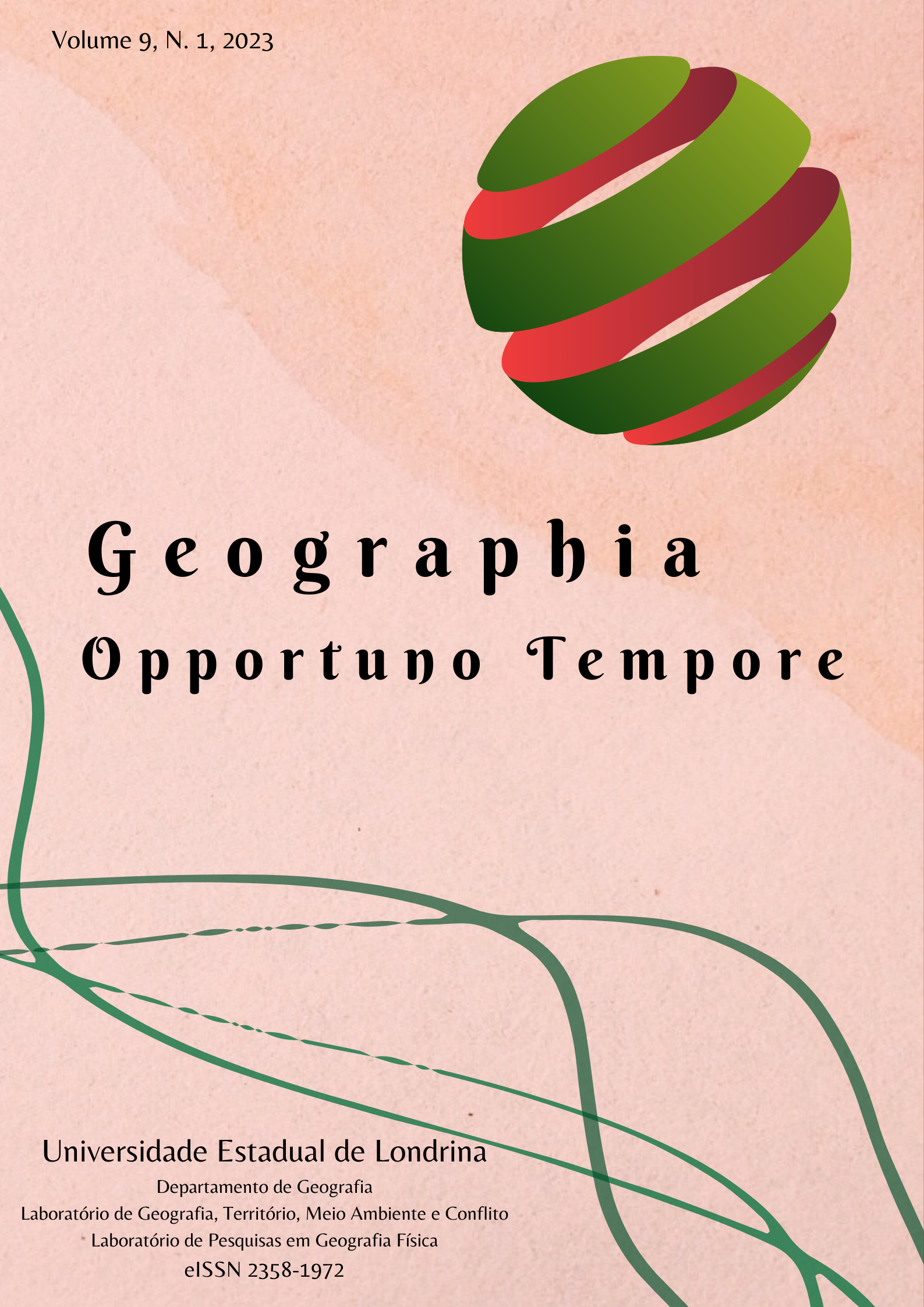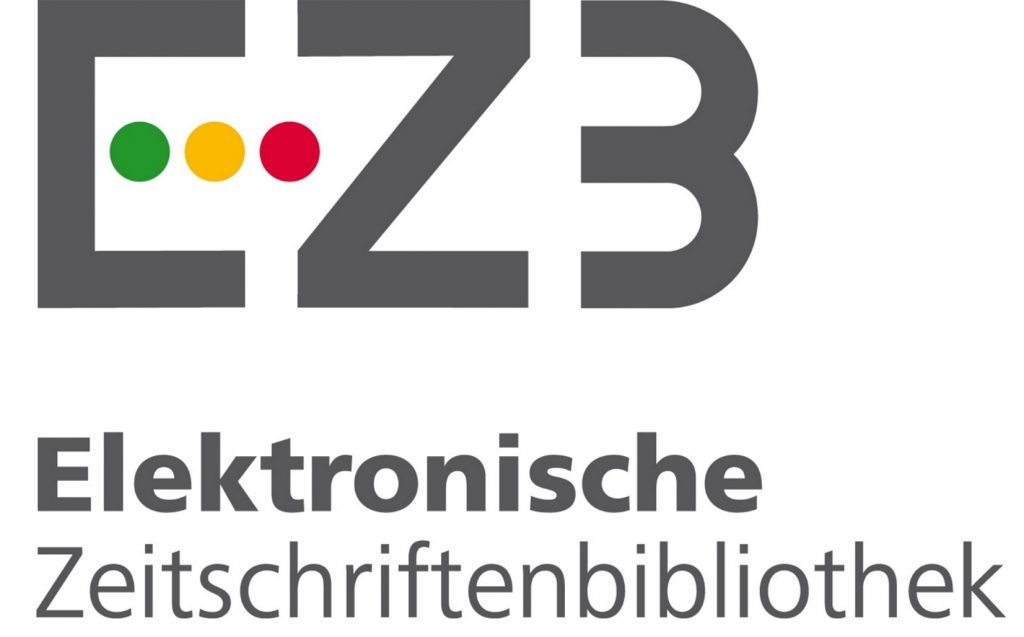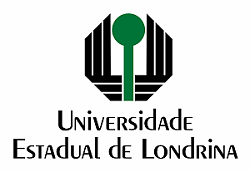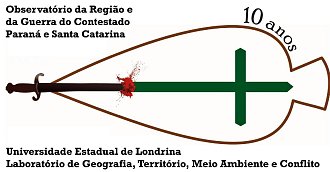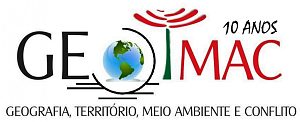The use of didactic sequence in the initial formation of teachers of Geography faced the inclusive education
DOI:
https://doi.org/10.5433/got.2023.v9.47326Keywords:
Geography Teacher, Initial Formation, Inclusive Education, Undergraduate Level, Didactic SequenceAbstract
The challenges faced when including students with Special Education Needs (SEN) in basic education of Geography have been the focus of discussion not only within the educational institutions, but in different segments of the society. The purpose of this paper was to reflect about the process of inclusion of students with Special Education Needs in basic education schools. The aim was to evaluate the contribution of the use of a Didactic Sequence as an evaluation instrument for the preparation and initial formation of geography undergraduate students focused on Inclusive Education. Based on the interpretation and analysis of the results, it was observed that, when the activities were developed in groups and the professor was part of the process being responsible for a pedagogical mediation in all stages of the development of the analytical instruments, better results were obtained.
Downloads
References
ARANHA, M. S. F. Projeto Escola Viva: o acesso e permanência de todos os alunos na escola: necessidades educacionais especiais dos alunos. Brasília: Ministério da Educação, Secretaria de Educação Especial, 5 v., 2005.
BARDIN, L. L'analyse de contenu. 8ª édition corrigée. Paris: Presses Universitaires de France, 1977. 291 p.
BRASIL. MEC/SEESP. Política Nacional de Educação Especial na Perspectiva da Educação Inclusiva. Brasília, DF, 2008.
CALLAI, H. C. A Geografia e a escola: muda a geografia? Muda o ensino? In: Revista Terra Livre, n. 16. (p. 133-152). São Paulo, 2001. DOI: https://doi.org/10.62516/terra_livre.2001.353
CASTELLAR, S. M. V. Educação geográfica: a psicogenética e o conhecimento escolar. Cadernos CEDES. vol.25, pp. 209-225. n.66, 2005. DOI: https://doi.org/10.1590/S0101-32622005000200005
CHEVALLARD, Y; JOSHUA, M. A. Um Exemplo de Análise da Transposição Didática: a noção de distância. v. 3. 1. Grenobel: Le Pensée Sauvage, 1982.
DOLZ, J.; SCHNEUWLY, B.; NOVERRAZ, M. Gêneros e progressão em expressão oral e escrita - seqüências didáticas para o oral e a escrita: apresentação de um procedimento. In: ROJO, R.; IBGE - Instituto Brasileiro de Geografia e Estatística. Censo Demográfico 2010: Resultados do Universo. Disponível em <http://www.ibge.com.br/>. Acesso em: 21 jul. 2013.
LUCKESI, C. C. O papel da didática na formação do educador .In: CANDAU, V. M. (org.). A didática em questão. 30. ed. - Petrópolis, Rio de Janeiro: Vozes, 2010.
OLIVEIRA, M. M. de. Sequência Didática Interativa no processo de formação de professores. Petrópolis, RJ: Vozes, 2013.
REGINALDO, M. Conscientizar ou sensibilizar. 2011. Disponível em: http://mreginaldo.blogspot.com.br/2011/05/conscientizar-ou-sensibilizar.html Acesso em: 7 maio 2014.
TARDIF, M. Saberes docentes e formação profissional. 2. ed. Petrópolis: Vozes, 2002.
VLACH, V. Papel do ensino de geografia na compreensão de problemas do mundo atual. Scripta Nova. Revista Electrónica de Geografía y Ciencias Sociales. Barcelona: Universidad de Barcelona, 1 de agosto de 2007, vol. XI, núm. 245 (63).
ZABALA, A. A Prática Educativa: como ensinar. Porto Alegre: ArtMed, 1998.
Downloads
Published
How to Cite
Issue
Section
License
Copyright (c) 2023 Ricardo Lopes Fonseca

This work is licensed under a Creative Commons Attribution 4.0 International License.
Aviso de Direito Autoral Creative Commons
1. Política para Periódicos de Acesso Livre
Autores que publicam nesta revista concordam com os seguintes termos:
- Autores mantém os direitos autorais e concedem à revista o direito de primeira publicação, com o trabalho simultaneamente licenciado sob a Licença Creative Commons Attribution que permite o compartilhamento do trabalho com reconhecimento da autoria e publicação inicial nesta revista.
- Autores têm autorização para assumir contratos adicionais separadamente, para distribuição não-exclusiva da versão do trabalho publicada nesta revista (ex.: publicar em repositório institucional ou como capítulo de livro), com reconhecimento de autoria e publicação inicial nesta revista.
- Autores têm permissão e são estimulados a publicar e distribuir seu trabalho online (ex.: em repositórios institucionais ou na sua página pessoal) a qualquer ponto antes ou durante o processo editorial, já que isso pode gerar alterações produtivas, bem como aumentar o impacto e a citação do trabalho publicado (Veja O Efeito do Acesso Livre)
- Os autores cedem à Geographia Opprrtuno Tempore, direitos exclusivos de primeira publicação, com o trabalho simultaneamente licenciado sob a Licença Atribuição-NãoComercial-
CompartilhaIgual 4.0 Internacional. Esta licença permite que terceiros façam download e compartilhem os trabalhos em qualquer meio ou formato, desde que atribuam o devido crédito de autoria, mas sem que possam alterá-los de nenhuma forma ou utilizá-los para fins comerciais. Se você remixar, transformar ou desenvolver o material, não poderá distribuir o material modificado
